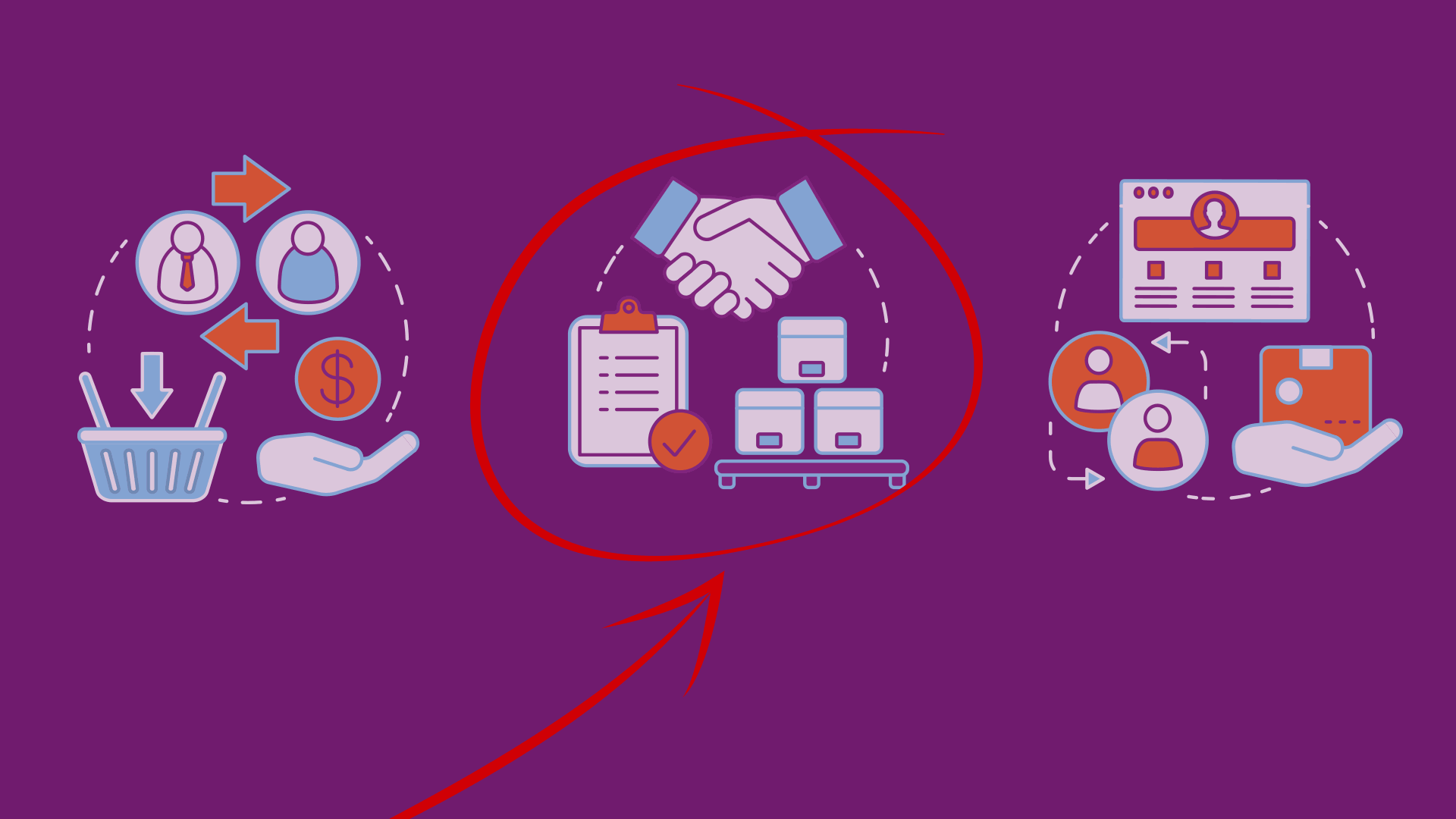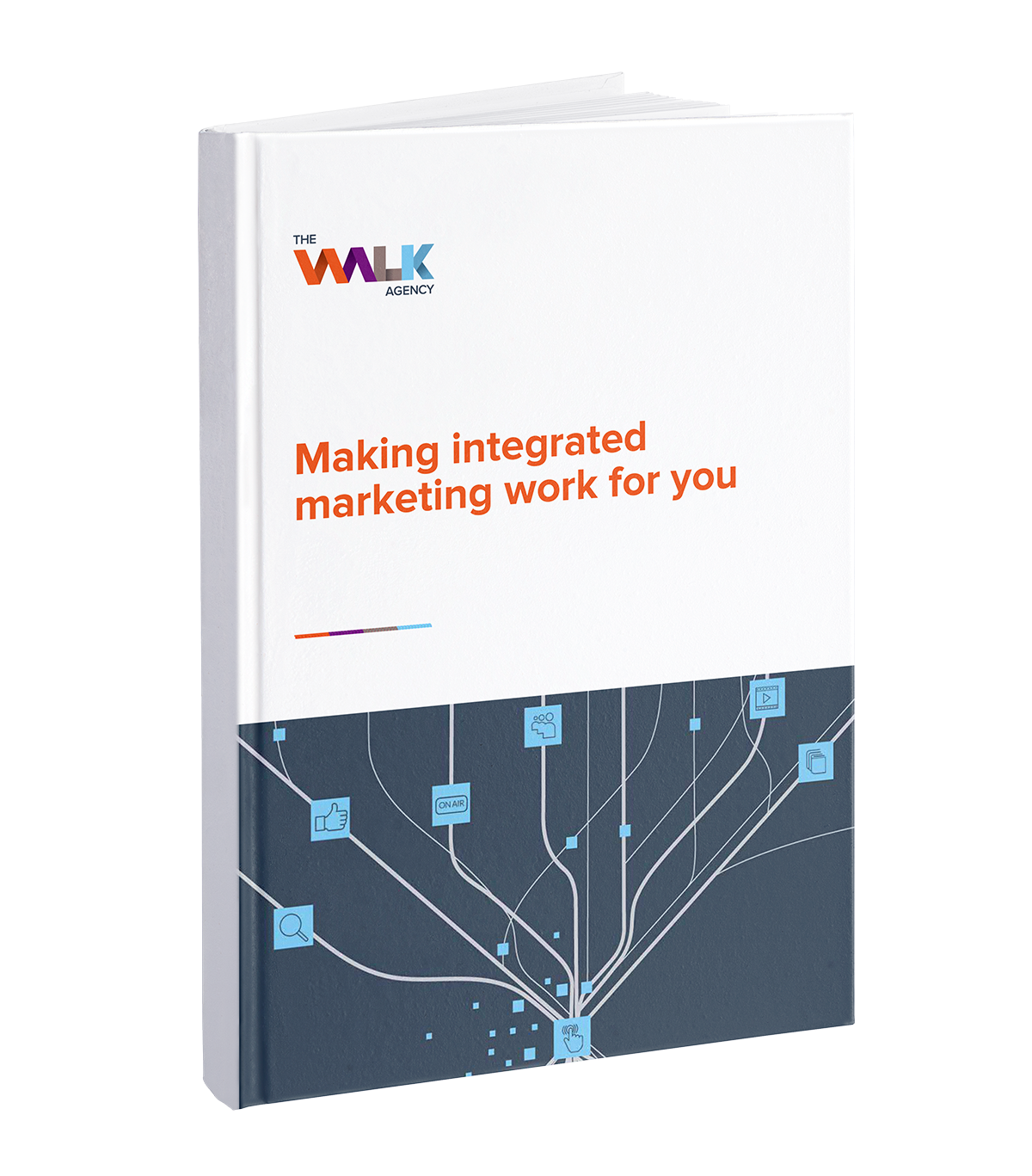In our last article, we explored the main benefits of earned media — namely, building your brand reputation and helping you gain credibility. Now, we’ll share our insights on how to successfully put earned media strategies to work for B2B brands.
Effectively generating earned media is often about engaging in people’s inherent need for recognition, status, and connection. Take social sharing as an example. In the words of New York Times best-selling author Tucker Max:
“Word of mouth is a status play. If you give people something good, something valuable, they want to talk about it. It benefits them to talk about it…if I share a book with you, it raises my status, it helps me look good to my friends that I know this and now I’m sharing it with you.”
If you create products and content that make people look good, they’re more likely to endorse it, share it, and recommend it to others. At a basic level, sharing something valuable makes them feel good, look good, or ingratiates them to others.
Tucker, identifies three different types of social sharers. These are altruists, who share to help others; boomerangs, who share out of a desire to be provocative; and hipsters, who share to boost their social status by appearing to be the first to adopt the latest brands or products.
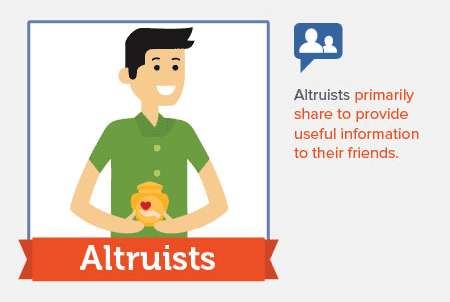
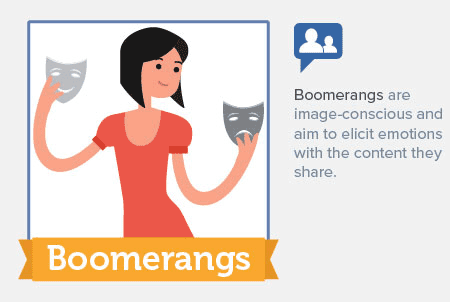
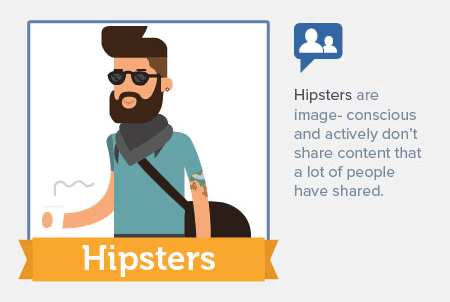
By understanding which social roles your audience hopes to fulfil and how they connect to others, you can help create content with inherent shareability — strengthening your earned media strategy.
For example, if your audience is predominantly made up of Boomerangs, then you may get more shares if you create content with a strong first-person perspective that goes against the status quo. Alternatively, if your audience is made up of a high number of altruists, then you could create content that centres around providing in-depth advice and helpful product recommendations. In short, if you understand why your audience likes to share, you’ll be able to position your content so they’re more likely to share it.
Build relationships with journalists and influencers
Brands often underestimate how difficult it is to get their business in a top publication, or aligned with a big-name influencer, thinking they’re a shoo in with just an eloquent email. But press features and influencer recommendations need to be earned.
74% of journalists say they want PR professionals to develop a better understanding of their audience and what’s relevant to them. It’s no mystery as to why. Journalists spend their entire careers building their reputations with an audience, and they’re only as credible as their last feature.
And you can’t understand a journalist’s audience without studying their content. Before pitching, always take a look at their past pieces. What are the main topics they write about? Do they like hard data or do they prefer opinions and insights from company executives?
Once you’ve done this sleuthing, you can tailor your pitch to the journalist you’re emailing. Give them the exact formula that’s worked for them before in content type and topic. Explain why your angle is unique and why it’s a great fit for their audience.
Research is also the key to influencer relationships. Who are their target demographics? Which products have they endorsed and used on their socials before? Which product recommendations have generated them the most shares, comments, and likes? Tell them why your product is a great fit for them and their followers.
Leverage customer-generated content for credibility and trust
In B2B, trust is paramount, and showcasing content created by your clients or partners can help build that trust. A staggering 86% of buyers trust peer recommendations more than branded advertising. To harness this trust:
- Encourage client case studies or testimonials: Rather than photo contests, incentivise clients to share their experiences with your product or service. A case study or testimonial from a reputable company can carry far more weight in B2B than general user content. Offer to co-create a case study or provide a platform for them to present their success stories.
- Promote detailed client reviews and feedback: Automated systems can be set up to ask for detailed reviews or feedback after successful project completions. Instead of offering discounts, provide value in return, such as industry recognition, co-branded thought leadership pieces, or exclusive insights into future product developments. This makes the review process beneficial to both parties.
- Create industry-specific hashtags or campaigns: Encourage clients to use branded hashtags that tie into thought leadership, events, or industry movements. For example, create a hashtag around a business trend or an industry challenge and invite your partners or clients to share how they tackle that issue using your solutions. Unlike consumer campaigns like Coca-Cola’s #ShareACoke, in B2B, these campaigns can foster professional community engagement and highlight innovative approaches within a particular sector.
Monitoring and measuring earned media

There are several ways you can track earned media.
You can use tools like Google Analytics site traffic to monitor the impact of earned media. You can use the platform to track referral sources, allowing you to directly tie certain websites to your increase in traffic. If you see a spike in traffic from your source, immediately following your brand or product feature, then you know that it’s successfully generating a buzz around your brand.
In addition, you can also use Google Analytics to track backlinks. How many backlinks are you generating from sites with high domain authority? This will tell you how often your brand is being shared by reputable websites, highlighting your growing reputation and credibility.
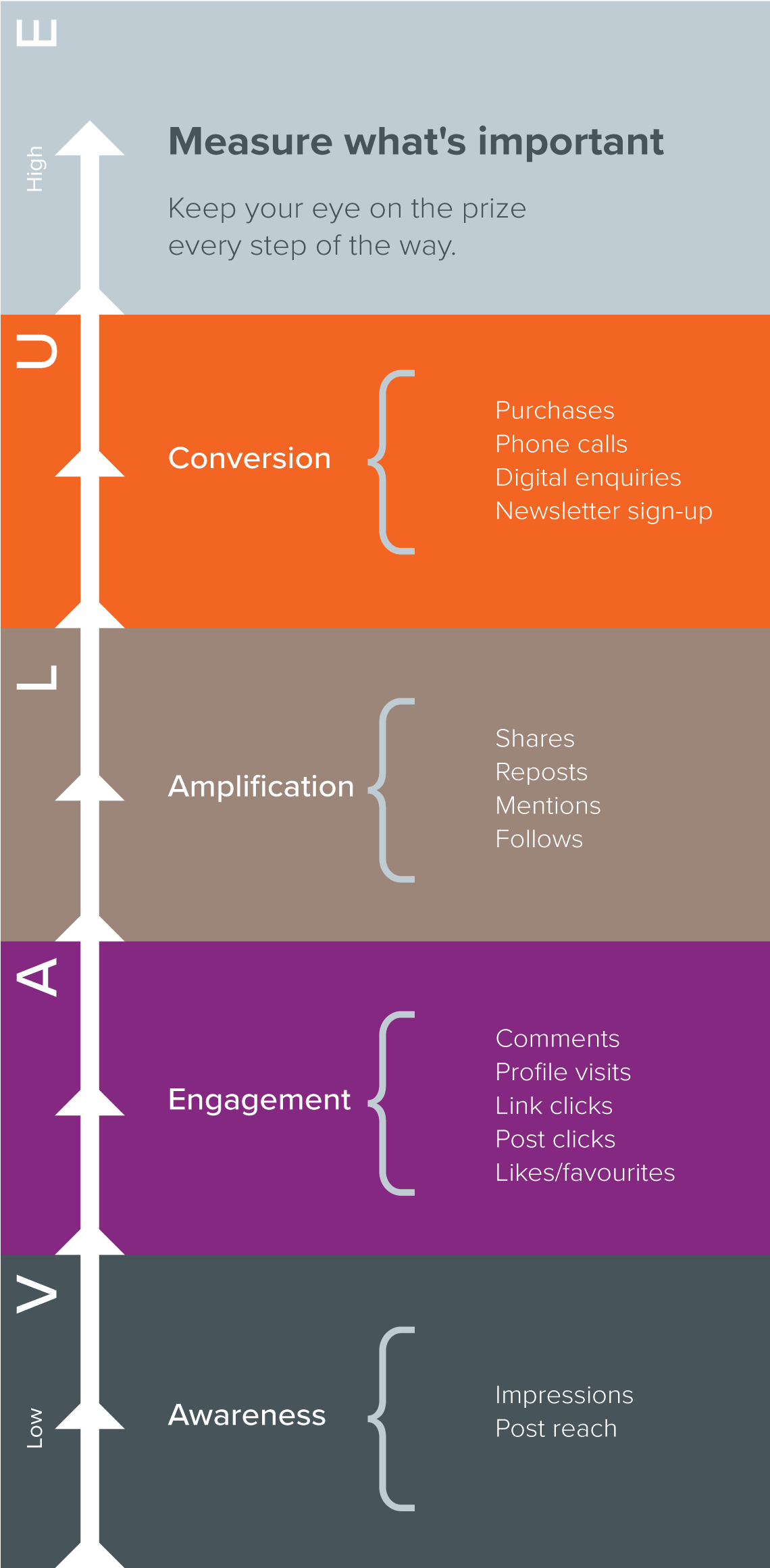
Another one of the best ways to track earned media is by monitoring follower interactions with your brand on social media. Monitor the following from customers, consumers, and influencers:
- Likes
- Shares
- Mentions
- Impressions
- Favourites
- Reshares
- Comments
And digital channels aren’t the only things you can track when it comes to earned media. You can give out a URL, QR code, or phone number that’s only used during a specific earned media activity like an event.
As an integrated agency, we connect everything our clients do back to their key business objectives. While vanity metrics (such as likes) are a sign that something is going right with your earned media strategy, it doesn’t mean your strategy is actually impacting the business yet. It’s a starting point, rather than the end point.
It’s essential to track your earned media performance over time. That way you can compare which forms of earned media are having the biggest impact on your business. You can use these insights to adjust your strategy going forward by promoting the content and strategies that have the biggest direct impact on your business metrics.
Earned media challenges
One of the main challenges with earned media is that you have no control over what people say about your brand, services, or product. While the right kind of earned media can go a long way to building your reputation and credibility. What kind of damage does a negative review do to your business? The reported golden ratio for balancing out the impact of a single negative review is 40 to one. That’s 40 positive customer experiences for every single negative review your business gets.
And sometimes, no matter how refined your brand is or how much effort you put into nurturing your relationships with journalists and influencers, you may still not get a story placed or positive coverage for your business.
PR professionals report that securing earned media coverage has become increasingly difficult over the past several years. This is especially true when it comes to the kinds of publications that most brands want to get featured in, with those surveyed ranking national and top-tier media as the most challenging places to get a story accepted.
Earned media is also tied to ethical concerns. When it comes to the ethics of earned media, there’s nothing more off-putting to consumers than inauthenticity. With so many consumers no longer trusting advertising, the appeal of earned media is that it’s seen as genuine, credible, and reliable. As a brand, your side of that equation is to always present your brand in the most authentic and honest light — whether it’s in a pitch to a news outlet or in your own shareable content.

Earned media best practices
Here are three additional best practices to help you effectively use earned media for brand credibility and reputation building:
- Share responsibly: Whether it’s a positive review or a mention in a news outlet, sharing earned media content helps build trust while adding genuine value to your audience. Sharing content from others that aligns with your brand’s vision and values can be just as valuable as promoting your own products or services. However, jumping on a trend or partnering with an outlet or influencer just to gain attention can do more harm than good if it doesn’t align with your brand’s core values. While it might bring short-term visibility, the long-term damage to your brand’s reputation can be significant. Use your social media channels, email newsletters, and promotional campaigns to amplify earned media, but ensure it resonates with your audience and supports your ethical stance.
- Keep nurturing your media and influencer relationships: Once someone features your brand, product, or services in their content, don’t let the relationship go cold. From future news pieces for which journalists need an expert quote to an influencer who recommends you to a friend because your name stays top of mind, continually nurturing these relationships can pay off for your brand in the long run. Be selective in the outlets or influencers you engage with — earning media from the wrong outlet or a polarising figure could negatively impact your relationship with existing customers. If this happens, be part of the conversation and maintain the high ground on your brand’s values.
- Use earned media to sell: Your earned media can improve the effectiveness of your paid and owned media. For example, you can share customer reviews on a sales or landing page. Additionally, integrating positive media mentions or testimonials into your marketing can boost credibility and conversion rates, provided it supports your brand’s overall positioning and long-term goals.
Tying earned media strategy to your business objectives
From building relationships with journalists to tracking online and offline metrics, there are several ways you can grow your brand reputation through earned media. No matter your approach, it’s essential to continually measure the effectiveness of each of your strategies to make sure they’re having a direct impact on your business.
Are you ready to find out the unique ways you can use earned media to genuinely impact your business? Contact The Walk today and let’s talk about your business goals to see how we can help.
